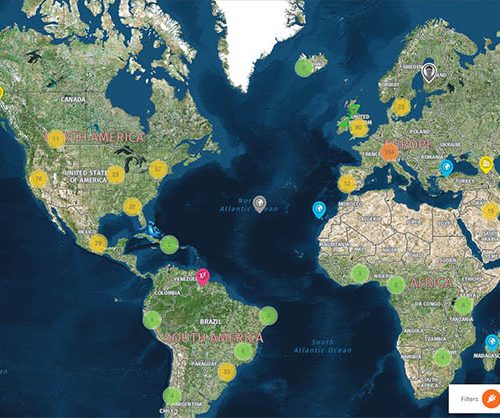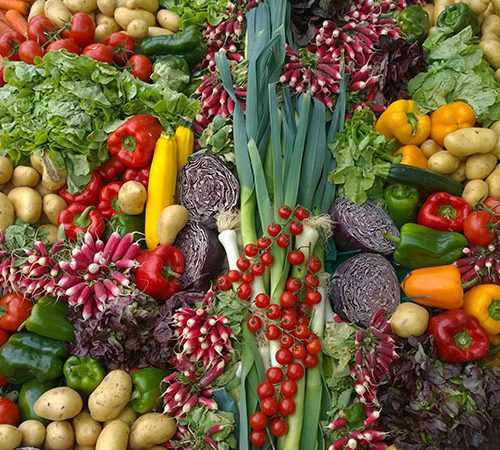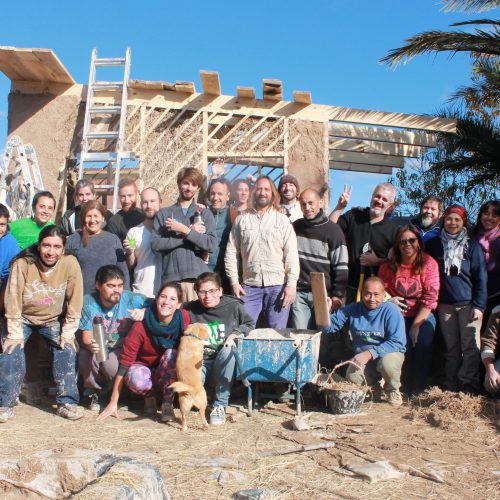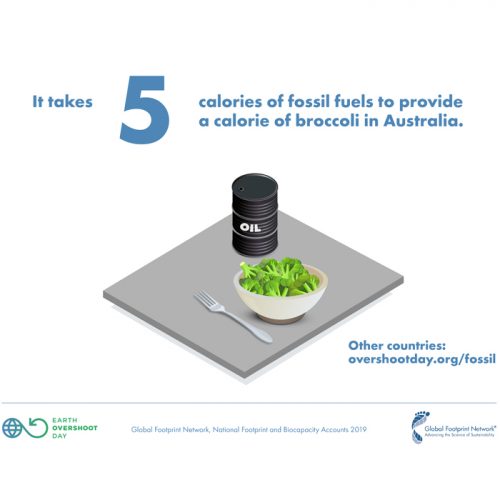To include the impacts from the coronavirus pandemic in the calculation of Earth Overshoot Day 2020, Global Footprint Network combined the most reliable data and formed the most reasonable assumptions to assess humanity’s resource situation.
Changes in carbon emissions, forest harvest, food demand, and other factors that could impact global biocapacity or the Ecological Footprint from January 1 to Earth Overshoot Day 2020 were evaluated. The main drivers were the carbon Footprint (reduced 14.5% from 2019) and the forest product Footprint (reduced 8.4% from 2019). Check out the highlights and/or the detailed research report explaining how the date of Earth Overshoot Day was calculated.
Take a Step to #MoveTheDate
We know it can be overwhelming to think about how your personal Footprint contributes to global overshoot.
The truth is, you can take steps to chip away at your impact on the planet.
Explore Solutions to #MoveTheDate
Thriving lives within the means of our planet are not out of reach. Plenty of solutions exist in five major areas
for improving sustainability: planet, cities, energy, food, and population.
How we help nature thrive
Humanity’s quality of life is dependent on the health of our planet’s biological resources including fertile soil, clean water, and clean air necessary for humanity to thrive. Learn More
How we design and manage cities
Eighty percent of the world population is expected to live in cities by 2050. City planning and urban development strategies are instrumental to balancing the supply of natural capital and population’s demand. Learn More
How we power ourselves
Decarbonizing the economy is our best possible chance to address climate change, and would improve the balance between our Ecological Footprint and the planet’s renewable natural resources. Learn More
How we produce, distribute, and consume food
How we meet one of our most basic needs–food–is a powerful way to influence sustainability. Sourcing food locally and avoiding highly processed foods can lower the Ecological Footprint. Learn More
How many of us there are
Being committed to everyone living secure lives in a world of finite resources requires addressing population growth. Empowering women is essential for global sustainability. Learn More
Blog
Earth Overshoot Day By the Numbers

Earth Overshoot Day is an initiative of Global Footprint Network, an international research organization that is changing the way the world measures and manages its natural resources. The date of Earth Overshoot Day is calculated with data from Global Footprint Network’s National Footprint and Biocapacity Accounts, available for free at data.footprintnetwork.org.




































































